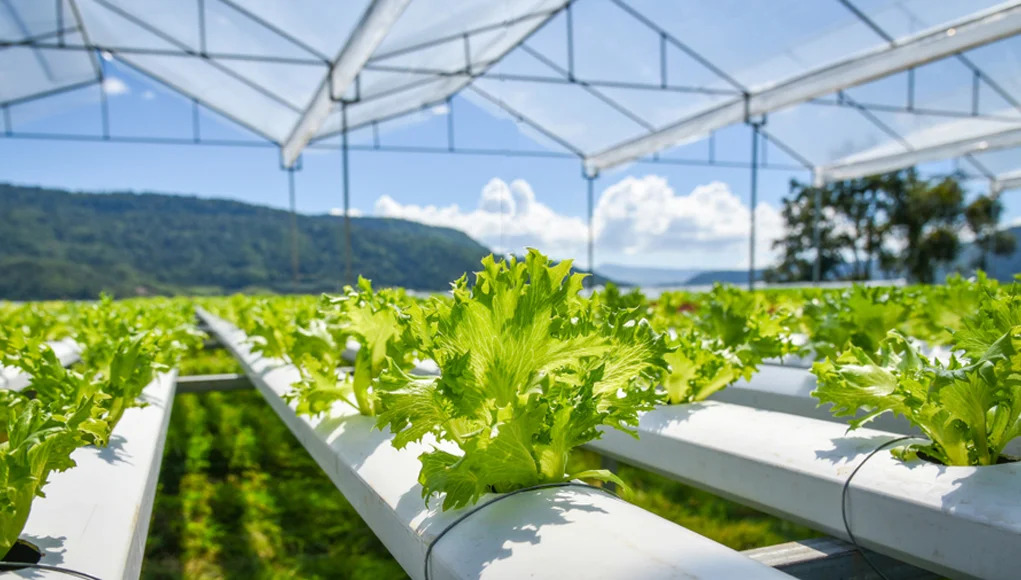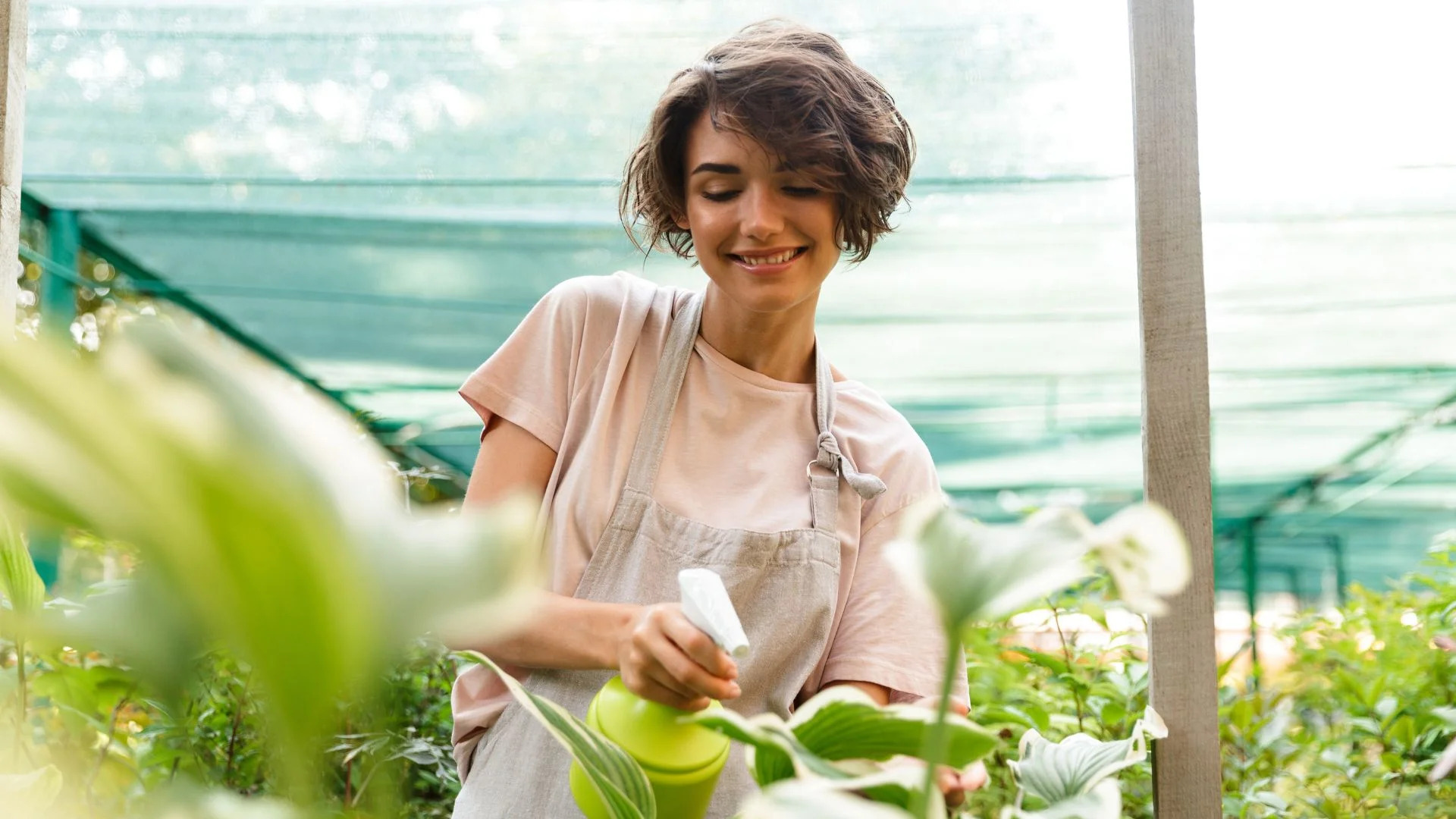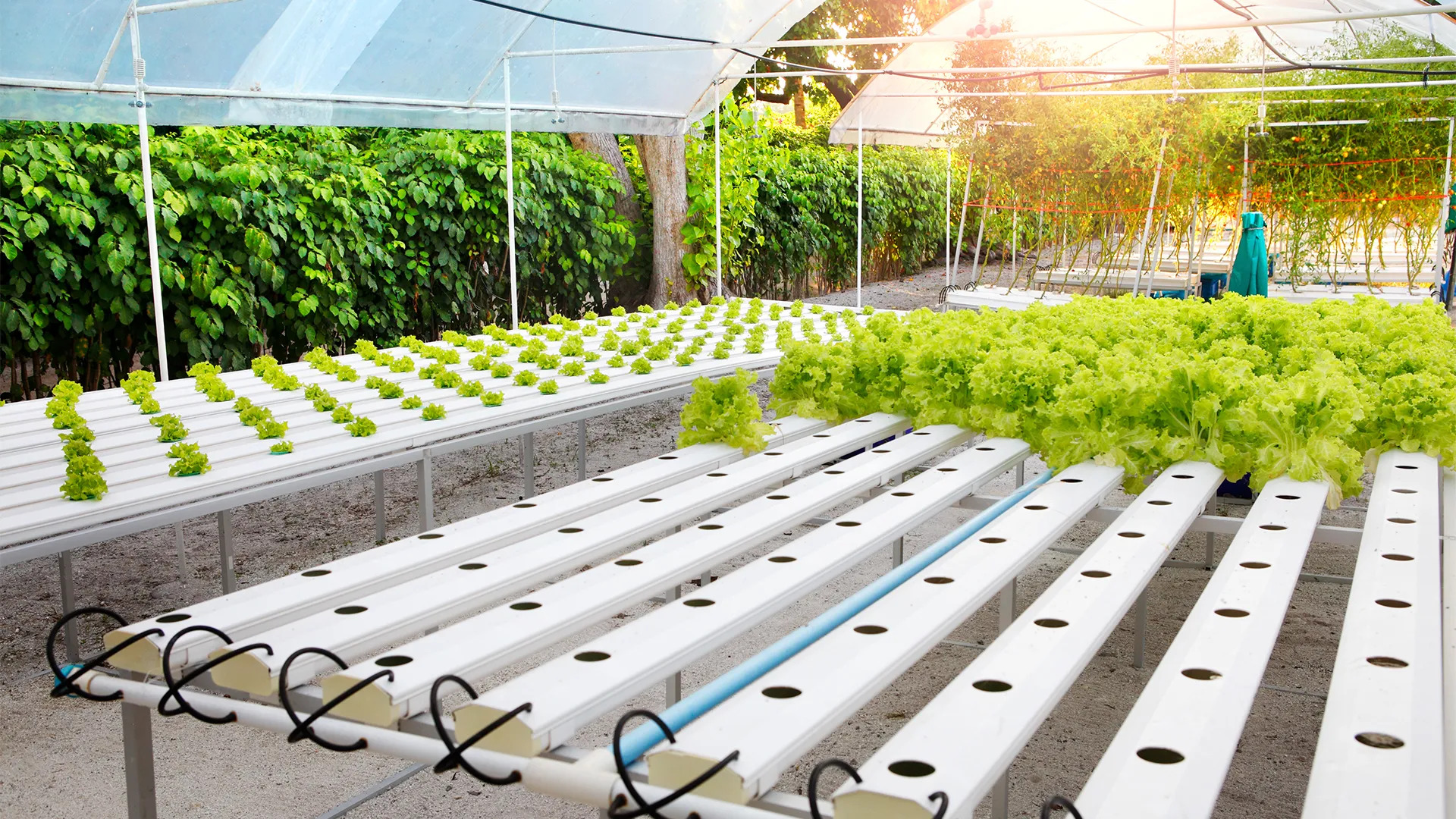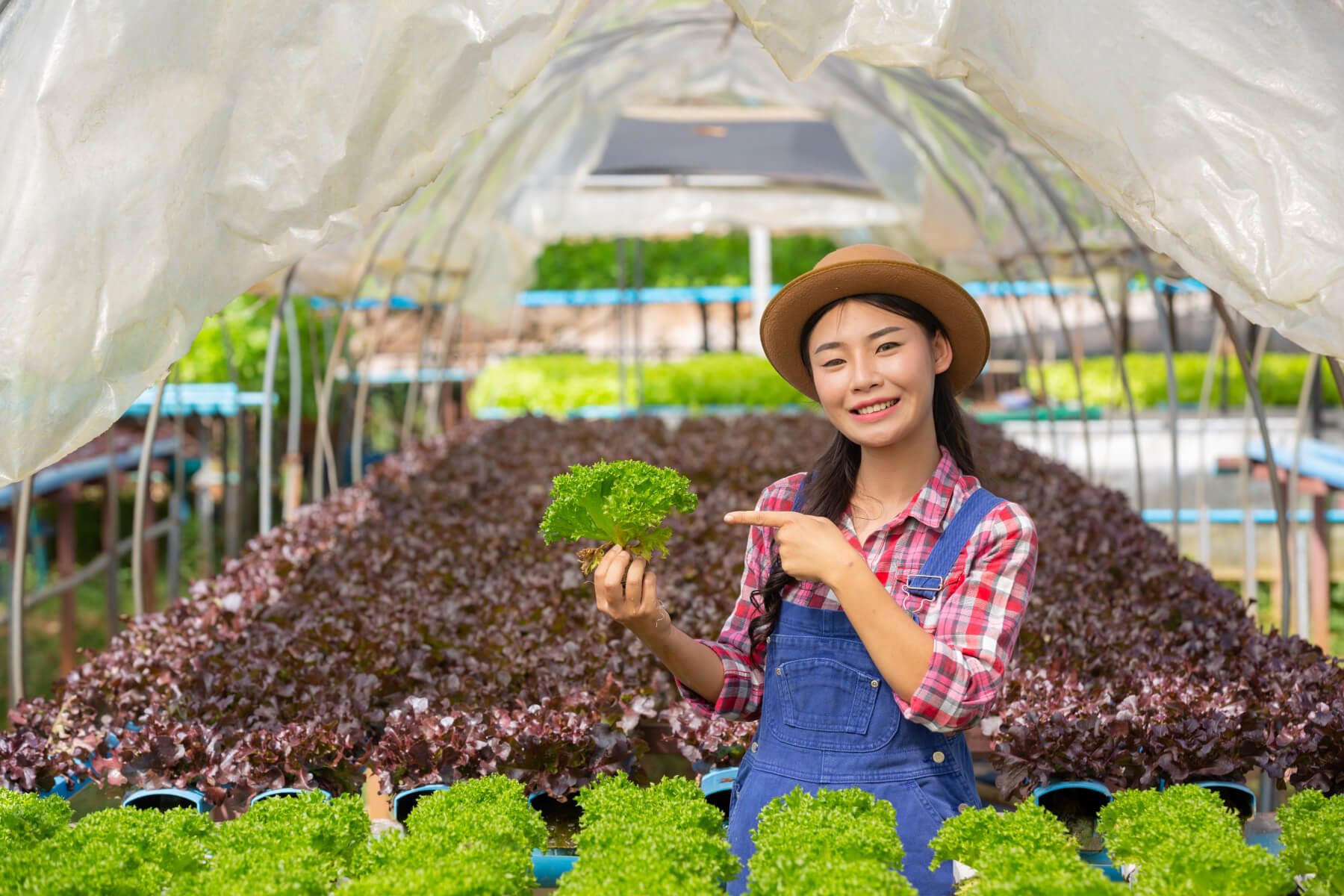Top 10 Common Mistakes Made in Hydroponics Garden
Hydroponics gardening offers numerous advantages, but it's not without its challenges. Even experienced growers can sometimes make mistakes that can hinder plant growth and overall success. By being aware of these pitfalls and understanding how to avoid them, you can ensure that your hydroponics garden flourishes.
1. Planting The Seeds Too Close Together
An important factor to consider when starting a hydroponic garden is the size of the container in which you start your seeds. If you choose a container that is too small, the seedlings will not have enough room to develop and mature properly.
When seedlings are planted too close together, they are likely to compete for resources such as water and nutrients, resulting in stunted growth or an unhealthy plant.
Furthermore, if the plants grow too closely together, their plant roots will become entangled and overcrowded and can cause root rot or stem breakage which can endanger your entire crop.
2. Not Providing Enough Light For The Hydroponic Seedlings
Hydroponic gardening is known for its easy maintenance, but there are still common mistakes that hobbyists can make. One of them being not providing enough artificial light for hydroponic seedlings.
Seedlings mostly need plenty of supplemental light to grow strong and healthy, therefore if you’re not offering enough light to them they will become spindly and weak.
To ensure your seedlings are getting the right amount of light, it’s important to invest in dedicated indoor grow lights that matches the intensity required for your garden.
These days there’s a wide selection of quality grow lights available in the market ranging from LED lights to full-spectrum bulbs and florescent lights. Make sure to choose the one that best suits needs based on your specific requirements.
If natural sunlight is available, consider placing your hydroponic garden near a sunny window as well - this way you can combine both natural sun with artificial lighting to get just the right balance for optimal growth.
3. Overwatering Or Underwatering Hydroponic Plants
Overwatering or underwatering hydroponic plants is one of the most common mistakes novice gardeners make. When watering your hydroponic plants, using room-temperature water is essential as cold water can shock the roots and damage the plant.
It’s important to check the level of moisture of the growing medium regularly, and start out by setting a schedule for your healthy plants that fits in with their needs. Make sure you are not keeping them too wet or too dry, they need to be kept moist but not soggy.
If you overwater your seedlings, root rot will occur and if you underwater them they will wilt and die. To avoid such mistakes, it’s wise to invest in a quality automatic watering system or an advanced moisture meter which will tell you exactly when it’s time to water your leggy plants.
By properly managing water levels for your hydroponic garden, you can save yourself from costly consequences like having to start over due to death or disease caused by over or under-watering.
4. Planting The Seeds Too Deep
Anyone who has tried hydroponic gardening knows that there are many variables to consider when it comes to getting your plants to grow. One of the most common mistakes made is planting the seeds too deep.
When planting seeds in a hydroponic setup, the recommended depth for them should be two or three times their diameter. Anything more than that and the seed will not get enough light to germinate, which can prevent them from growing at all.
If you’re unsure how deep to plant your seeds, there are several tips you can use. For starters, look at the size of your seeds, this will give you an indication of how deep they should be planted. Generally speaking, larger seeds need to be planted slightly deeper than smaller ones do, although this may vary depending on specific species.
5. Not Cleaning The Hydroponic System Often Enough
Maintaining a clean hydroponic system is essential for healthy and successful plants. If hydroponic gardeners do not keep their systems clean, bacteria, fungi and algae can start to grow, leading to symptoms such as falling leaves and poor root development. This in turn reduces the overall health of the plants and their growth potential.
To avoid these issues it is important to clean your hydroponic system at least once a week. You should use water and a mild soap or bleach solution to scrub away any algae or bacterial build up from the tank walls and tubing.
Additionally drying all components after cleaning can help further prevent unwanted growths. It is also important to empty out tanks every month or so to remove sediment buildup, which can lead to nutrient deficiencies in your plants.
Taking care of these regular cleaning measures will ensure you have healthy, thriving plants in your hydroponic system for many years to come!
6. Not Adding Enough Nutrients To The Water
It is essential for hydroponic gardeners to add the correct amount of nutrients to their water in order to ensure that their plants are receiving adequate nutrition. Without proper nutrition, plants can become deficient and will not grow as well as they should.
Hydroponic nutrient solutions typically contain nitrogen, phosphorous, potassium, calcium, magnesium and other trace elements. It is important to measure out the correct amount of each nutrient according to the manufacturer's instructions. Overfertilizing can be just as damaging as not providing enough nutrients so it is important to find a good balance.
7. Not Monitoring The pH Level Of The Water
One of the biggest mistakes that gardeners can make is not monitoring the pH level of their water. Ensuring proper pH level is essential for the growth and health of your plants as they need access to certain minerals and nutrients, which depend on the pH balance of your water.
If the water is too acidic or too basic, it can prevent plants from being able to absorb these nutrients, leading to stunted growth and a weakened state of health.
To keep track of your water's pH levels and ensure that it stays within an ideal range for your plants' growth, regular testing needs to be done. Luckily, this process is made much easier with the help of readily available testing kits or digital pH meters.
8. Using pH Levels That Are Not Suitable For The Types Of Plants Being Grown
The first step in caring for a hydroponic garden is to make sure that the pH level of the nutrient solution is correct for the plant types being grown. If this balance is off, it can lead to serious issues.
For instance, if the pH level is too high, mineral availability and solubility are reduced and plant growth can become stunted due to an inability to absorb essential nutrients.
When the pH level is too low, root systems may be damaged or killed as they are unable to take up enough oxygen from the solution.
For this reason, it's important that gardeners pay attention to their nutrient solutions' pH levels. Different type of plant prefer different acidic or alkaline soil levels; incorrect pH levels can interfere with proper absorption of nutrients in those plants.
9. Not Aerating The Water Enough
Poor water aeration can lead to a number of problems for the health of your plants. Without adequate oxygen levels, the roots of plants are unable to uptake nutrients correctly and are more prone to diseases such as root rot.
Similarly, anaerobic bacteria will start to form, leading to an unhealthy environment. To prevent these problems from arising, it is important that you aerate your water according to the manufacturer's instructions.
Proper aeration can easily be achieved with an air pump and air stone. An air pump works in combination with the air stone and pumps oxygen into the water creating air bubbles which increases the surface tension so that more oxygen can dissolve in it.
This extra oxygen allows for better nutrient absorption and healthier plant growth overall. In addition to this, circulation is further enhanced which helps improve stability in temperature and pH levels within your aquarium or pond. Therefore, it is important that you invest in good quality equipment when possible, as this will ensure optimal results every time.
H3: 10. Failing To Monitor The Water's Temperature
For successful hydroponic gardening, it is essential to monitor the temperature of the water. Too hot or too cold water can cause problems with the growth of plants and should be avoided.
You should research what the ideal water temperature is for your plants to ensure that you are providing them with proper conditions for optimal growth. Doing this will also enable you to regulate the environment and make sure everything is running as smoothly as possible
Using a thermometer to measure the temperature of your water can help you properly monitor its condition. It is important to check the thermometer regularly and make adjustments as necessary so that it stays at a suitable level for plant growth.
To ensure stability in temperature, you can also look into installing insulation in or near your grow site if needed. Keeping track of your water temperature can be a hassle but when done properly it makes all the difference in achieving successful hydroponic gardening.
H2: Bottom Line
Hydroponic gardening is a great way to bring nature into our homes by growing plants indoors or in limited outdoor space. As with any type of gardening, however, it’s important to be familiar with the basics and common mistakes if you want success. The bottom line is that proper care and maintenance are essential for successful hydroponic gardening.












